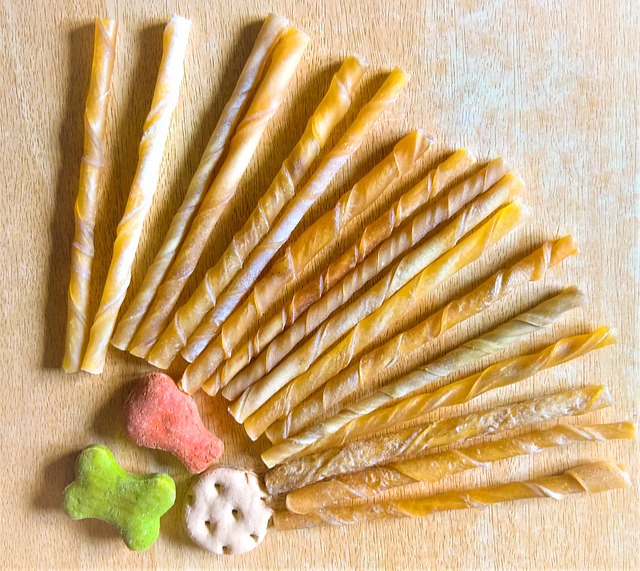Practical Guide to Pet Toys and Their Benefits
Choosing the right toys for a dog, cat, rabbit, or other companion animal affects more than simple amusement: toys influence mental stimulation, physical activity, and everyday behavior. Good toys reduce boredom, discourage destructive habits, and can support basic training. Different species and life stages need different features—durability for strong chewers, gentle textures for teething puppies, and stimulating designs for senior pets with reduced mobility. This article reviews common toy types, how they support animal wellness and pet development, and practical safety tips to help you select appropriate options for pets in your household or from local services.

This article is for informational purposes only and should not be considered medical advice. Please consult a qualified healthcare professional for personalized guidance and treatment.
How do puzzle feeders support mental engagement and eating habits?
Puzzle feeders are designed to make animals work for food or treats, slowing down rapid eaters and offering cognitive challenges. For dogs and cats, these devices can reduce gulping, help manage weight by pacing meals, and provide enrichment during quiet hours. Choose puzzles matched to your pet’s skill level and check them regularly for wear or lodged food. For multi-pet households, supervise shared puzzle use to avoid competition and stress.
What should you know about treat dispensing toys?
Treat dispensing toys combine play with occasional rewards, encouraging pets to move and think. They vary from simple balls that release kibble when rolled to more complex dispensers with adjustable openings. Use these toys to extend mealtime, motivate training sessions, or redirect attention from unwanted behaviors. Monitor portion sizes when using treat dispensing toys as part of a feeding routine, and rotate toys to maintain novelty and interest.
When are chew toys appropriate and how to choose them?
Chew toys meet an instinctive need to gnaw, help with teething, and can prevent destructive chewing of household items. Material choice matters: rubber and braided rope suit many dogs, while softer nylon or silicone options fit smaller breeds or sensitive mouths. Replace chew toys if they splinter or develop sharp edges. For cats and small mammals, softer, non-toxic chew items are preferable. Always match chew toy size to your pet to avoid choking hazards.
How do pet toys contribute to animal wellness?
Toys that combine physical and cognitive stimulation support overall animal wellness by promoting exercise, maintaining muscle tone, and reducing stress-related behaviors. Interactive play with owners strengthens social bonds and can reveal health changes—changes in playfulness or appetite often signal underlying issues. Incorporating a mix of toys (interactive, chewable, and comfort items) into daily routines helps maintain healthy weight, mobility, and mental sharpness across life stages.
In what ways do toys aid pet development across life stages?
During puppy and kitten stages, toys teach bite inhibition, coordination, and social skills through play. For adolescent animals, toys help channel high energy and exploratory behaviors into safe outlets. Senior pets benefit from low-impact, easy-to-manipulate toys that preserve motor skills and provide gentle mental stimulation. Selecting age-appropriate textures, sizes, and challenge levels supports healthy neurological and behavioral development over time.
Conclusion
Thoughtful selection and use of pet toys can improve behavior, encourage exercise, and provide important mental stimulation throughout an animal’s life. Consider species, age, chewing strength, and any medical restrictions when choosing toys, and inspect items regularly for safety. A balanced collection—puzzle feeders, treat dispensing devices, and safe chew toys—integrated into daily routines supports both animal wellness and long-term pet development without relying on any single solution.






